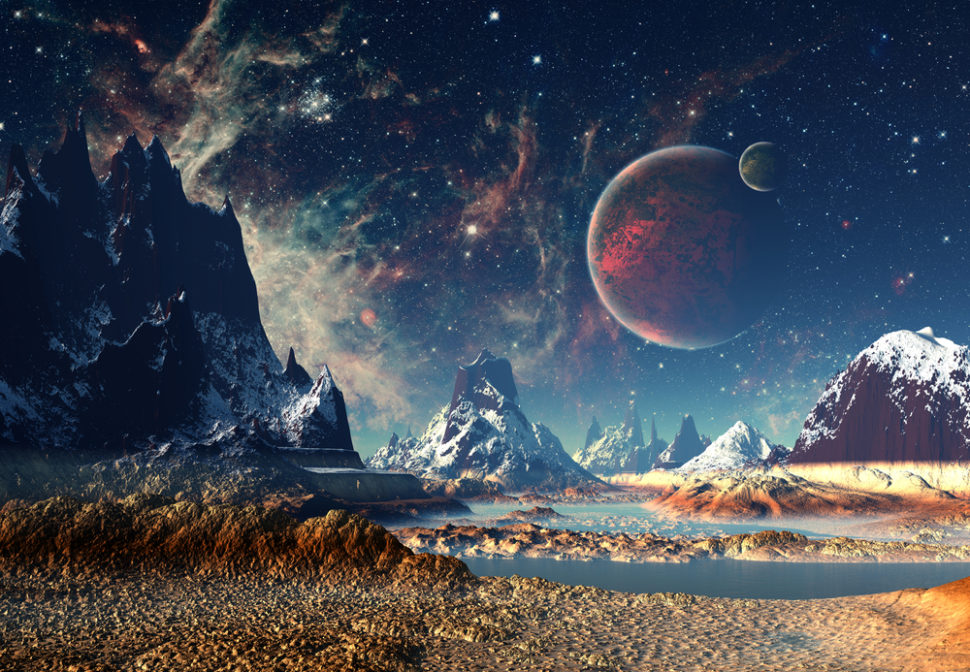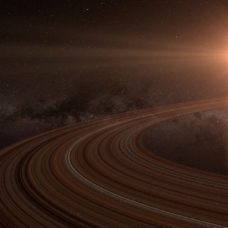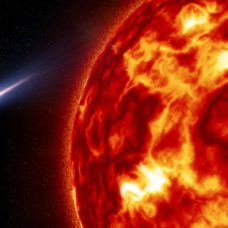Over the last decade or so, several studies (1,2,3,4) have confirmed the existence of water in the atmosphere of gas giants outside our solar system. In fact, water is the second most abundant molecule in the universe, after hydrogen.
With rocky planets like our home planet, the existence of liquid water is more significant as it means a potentially habitable world. But these rocky planets are harder to observe because they are relatively small and cold.
On the other hand, Super-Earths, planets with less than ten times the mass of Earth, are more suited for transit photometry observations.
Now, in a world first, researchers at the University College London (UCL) have discovered water in the atmosphere of a Super-Earth known as K2-18 b.
The First Habitable Exoplanet Discovered?
Using data from the Hubble Space Telescope’s Wide Field Camera 3, astronomers at the Center for Space Exochemistry Data at UCL in the UK made the discovery.
The team reported “the detection of a spectroscopic signature of water in the atmosphere of K2-18 b… with high statistical confidence.”
Discovered in 2015 by the Kepler telescope, K2-18b is an exoplanet twice as massive as Earth with a mass of over 8 Earths, so it qualifies as a Super-Earth.
This planet orbits K2-18, an M dwarf star, and the whole star system is about 110 light-years from our solar system. K2-18b takes about 33 days to complete one orbit, at a distance of 0.1429 AU from its home star.
This is the first time we’ve detected water in a rocky planet, although the findings of the study are yet to be confirmed. Habitability-wise, K2-18b now has a status that no other exoplanet ever had.
“This is the only planet right now that we know outside the solar system that has the correct temperature to support water, it has an atmosphere, and it has water in it—making this planet the best candidate for habitability that we know right now,” said Angelos Tsiaras, first author of the study.
Dr. Tsiaras points out that K2-18b, however, is not “Earth 2.0,” because it is much heavier and its atmosphere has a different composition. But it does bring new discussion material regarding Earth being a unique case in the universe.
To make this discovery, the team used data from 2016 and 2017 and used publicly available algorithms for analysis. So who knows what might still be hiding in the tons of archive data.
This a twofold exciting discovery according to astronomers since Super-Earths, like K2-18b, are the most common type of planets in the Milky Way. And red dwarfs, like K2-18, are the most common stars, making up to 70% of all stars in the galaxy
The discovery of K2-18b could potentially be the inauguration of a long list of habitable exoplanets.



















Comments (0)
Most Recent